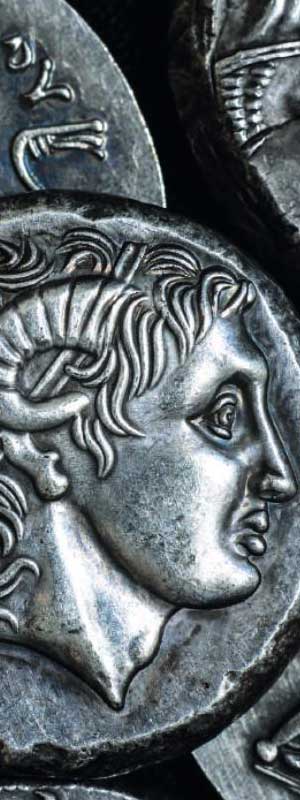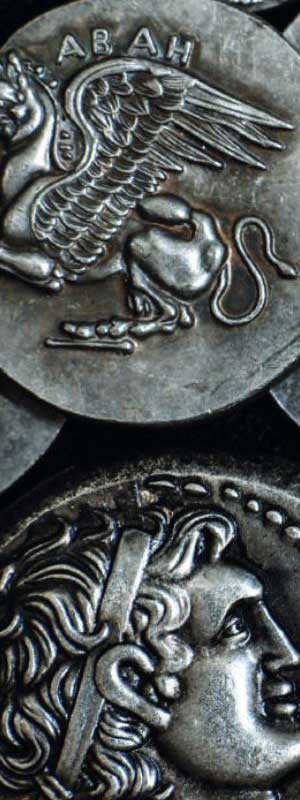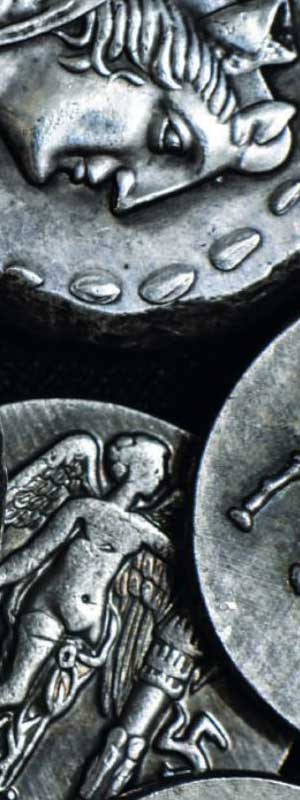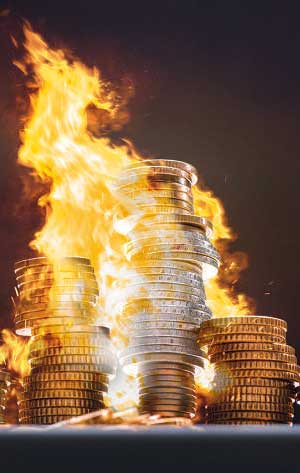24 March 2023
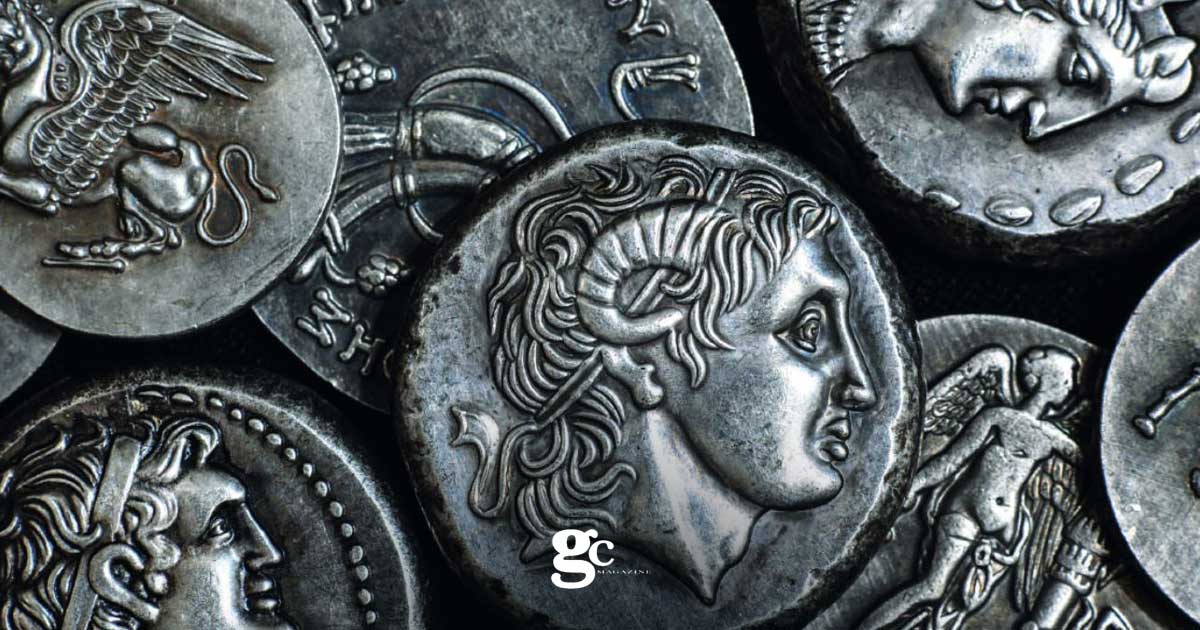
Talking about inflation with an economist, or even worse with someone in finance, is always risky because you quickly get into technical aspects that confuse even the most eager individuals, creating doubts and uncertainties.
In this article, we will attempt to retrace history in search of the causes of this bothersome economic and monetary phenomenon, describing what happened when there was an explosion of prices and which factors manifested their pernicious effects for various reasons, even though the results were very similar. We will try to understand why, when it explodes, it is very difficult to remedy. But let’s proceed step by step.
Although money is often thought to have existed forever, it is actually a relatively recent innovation. For many millennia, humans exchanged goods and commodities using objects with monetary functions but lacking all the characteristics of money: a unit of account, a medium of exchange, and a store of value. Shells, precious metals, livestock, and other such items served as substitutes for money for thousands of years. Today, when we say “capital,” it is because the term comes from “capita,” meaning a head of livestock, or when we use the slang “grain” to refer to money, it is because in ancient times, it was the principal commodity exchanged for any other goods. It is surprising to think that the greatest and most glorious civilizations of the past did not know of the existence of money. I am referring to the ancient Egyptians, the Assyro-Babylonians, the Persians, and even the ancient Greeks and Romans, who only later came to know it, and perhaps it was precisely due to their extensive use that it played such a decisive role in the destinies of humanity in the centuries to come.
Money in the form of metal discs, mostly precious, was introduced for the first time between the end of the 7th century and the beginning of the 6th century BC, almost simultaneously in China and in a region of present-day Turkey, at the time under the control of some Greek city-states. However, it was the latter who minted the most beautiful and pure coins, starting in the 4th century BC, and when the Romans eventually annexed the Hellenic cities, first to the Republic and then to the Empire, money took precedence in commercial relations, becoming the true beacon of human development. Inflation is therefore nothing more than a progressive increase in the general price level over time caused by an excess of poor-quality money relative to the goods that can be exchanged. Let us remember this concept of poor-quality money well because the great English economist Thomas Gresham realized that the value of a reserve currency with high intrinsic value gives enormous power to those who can impose it, compared to money lacking these characteristics. If prices increase, money loses value, but as we will see, the reverse is also true.
To be even clearer, if with 100 euros yesterday you can buy less today, and if your salary does not increase at the same rate as prices, it means only one thing: you are immersed in a context of high inflation. But let’s delve into history. After Julius Caesar’s conquests and his nephew Octavian Augustus’s rise to power, an empire emerged in ancient Rome, during which over 80,000 kilometers of roads were built, thousands of kilometers of aqueducts, dozens of amphitheaters, and numerous public works that we still use today. But not only that: our alphabet, the calendar, many languages, literature, and the architecture of much of the world trace their origins to the legacy of the Ancient Romans. But what was the basis of this astonishing power that lasted nearly a thousand years, five hundred of which as absolute protagonists? Some might say the strength of the army, but in reality, only partially; because the Romans achieved most of their successes thanks to the wise use of money.
Just as some of their most painful defeats were due to imprudent use of money, leading even to the fall of a powerful and highly complex apparatus. The primary silver coin used during the early centuries of the Empire was the Denarius, from which the word “money” derives, and it initially corresponded to 4 Sesterces. With this coin, one could pay about a day’s wages for a skilled worker or artisan. In the early decades of the Empire, these coins were of high purity, each containing 4.5 grams of pure silver. However, silver and gold began to become scarce, and Roman expenditures were soon limited by the number of denarii that could be minted, which made financing the emperors’ projects very difficult. There were wars to pay for, palace expenses, baths, gladiatorial games, and countless other whims. Thus, Roman officials found a way around this: they reduced the percentage of precious metal in the coins, making our ancestors experience inflation in all its brutality.
The first to “play” with money was Nero, but under the Empire of Marcus Aurelius, the one depicted in the film Gladiator, a denarius contained about 25% less silver than in the time of Augustus. Caracalla then experimented with a different method of degradation by introducing the so-called “double denarius,” which was worth exactly twice as much as a regular coin, despite weighing only 1.5 times more. You can imagine what happened! Despite the reform instituted by Diocletian at the end of the 3rd and beginning of the 4th century AD to address the situation, just a few decades later, during the time of Gallienus, coins contained only 5% silver. They were made of bronze and covered with a thin layer of precious metal. Gold coins, Aurei and Solidi, underwent the same treatment, and since they were primarily used to pay the armies, it is not difficult to understand why, starting from the 3rd century AD, the empire began to crumble with a surge in logistical and administrative costs, causing citizens to face increasingly higher taxes to support the burdens of an apparatus that soon miserably dissolved.
Taking a leap of over 1000 years, there was another period of intense and prolonged inflation, which historians have named the “price revolution.” Initially, the cause was identified as the massive influx of precious metals “from the New World.” This was also called the “inflation of the rich,” as the aristocracy was initially the class most affected. Indeed, they received fixed money rents from their peasants, which had long replaced rents in kind or labor services. Moreover, the influx of gold from America had enormously increased the amount of circulating money, leading those who lent it to reduce interest rates and thus earn less. Clearly, they quickly sought remedies and began accumulating large amounts of precious metals, further exacerbating an already inflationary situation. In practice, there was a great abundance of gold and silver without any productive development, which enormously enriched a small elite at the expense of the masses, just as recently, before Covid, there was a thinning of the middle class and an incredible concentration of wealth in the few hands of those who particularly benefited from Quantitative Easing.
However, some scholars have noted that the inflationary process had already begun in the mid-14th century and continued until around the mid-16th century. More slaves, more raw materials, and more money led to a demographic increase that drove a sudden rise in demand, which, in turn, caused the prices of foodstuffs to skyrocket, as their supply could not be increased given the technologies of the time. It was thus a vicious cycle. The “price revolution” was followed by other instances of uncontrolled inflation, such as that which occurred in France during the French Revolution. But certainly, the most emblematic and debated case among economists was in Germany at the end of World War I. When it comes to hyperinflation, one cannot fail to mention the collapse of the Weimar Republic. Founded at the end of 1918 with the best intentions, it was the first modern democracy in Europe to introduce universal suffrage, full freedom of the press, and political expression, allowing the rise of extreme right and left-wing parties, and it was the center of a cultural revolution that sought to reshape the socio-economic fabric of all Europe.
Unfortunately, under the weight of the debts accumulated during World War I and the subsequent repression of leftist parties that sought to align the country with pro-Soviet positions, the situation deteriorated rapidly, leading to its inevitable collapse in 1933. The provisional government had hoped to establish a republican model that would remain within liberal policies and be more in tune with other European countries. Unfortunately, this did not happen, and to address the endemic shortage of precious metals in the Bundesbank’s coffers, they began printing paper banknotes issued to pay off war debts. This led to a rapid devaluation of the currency, causing hyperinflation and preventing economic recovery. Banknotes worth several billion marks were issued, with which one could barely buy a sandwich. Hundreds of factories printed money day and night, with increasingly astronomical denominations. This resulted in an enormous and continuous rise in prices, which impoverished the German economy, fueling popular discontent and dissatisfaction, which soon became fertile ground for the rise of Nazism.
When the money supply does not follow economic growth, prices lose their function of signaling, through scarcity, the best allocation of resources, causing the system to go haywire. An increase in prices especially impoverishes the most vulnerable, as in hyperinflation, it is the most astute who benefit. Initially, those who suffer are those with a fixed income, such as salaried workers, while those who can adjust their incomes to the rising prices temporarily fare better. Over time, however, even entrepreneurs begin to face difficulties, as it becomes increasingly hard to find new customers in a vicious cycle that leads to failure.
This was the situation in 1929, even in the United States, though for very different reasons. By now, it should be clear that inflation is a phenomenon that arises when something breaks in the delicate balance regulating the amount of money and the frequency and intensity of economic activities. If there is too much money or conversely, if the attractiveness of circulating money suddenly declines, inflation sets in.
Moreover, if the economy abruptly slows down due to an unexpected event, such as a war or a pandemic, it creates such imbalances that monetary authorities struggle to contain adequately. So, if the words of Larry Fink, CEO of the largest asset manager in the world, are true—that we are in an era of deglobalization—it is not unlikely to expect that the recent rise in prices will persist for a long time, and the economy will need to adjust deeply before prices return to the levels we had become accustomed to over the past twenty years. On the other hand, with the level of debt accumulated in recent decades, inflation, if it does not get out of hand, will help reduce the burden of the trillions of public bonds still in circulation. In conclusion, as the great German writer Lichtenberg said, inflation is like sin: everyone denounces it, but almost all governments practice it.
Alex Ricchebuono – www.ricchebuono.com
He has over 24 years of experience in the Asset Management sector and has held key roles in commercial development at the European level with major companies such as Credit Suisse, Janus Capital, American Express, and BNP Paribas. He was one of the founding members of the Italian Private Banking Association and served on its first board of directors. He lives and works between Milan and London and is a Partner at New End Associates, a UK platform for distributing some of the most important international alternative managers.
He writes books and articles on the history of finance and is passionate about economic history and the evolution of money. He has produced a series of video capsules for Il Sole 24 Ore titled “I soldi Raccontano” (“Money Tells Its Story”). He also hosted the four-part documentary Money Art on RAI 5 for Italian Radio and Television, in which he explored the intersections between the world of finance and art. He is a dedicated collector of documents related to economic and monetary history.

Press review
For information
